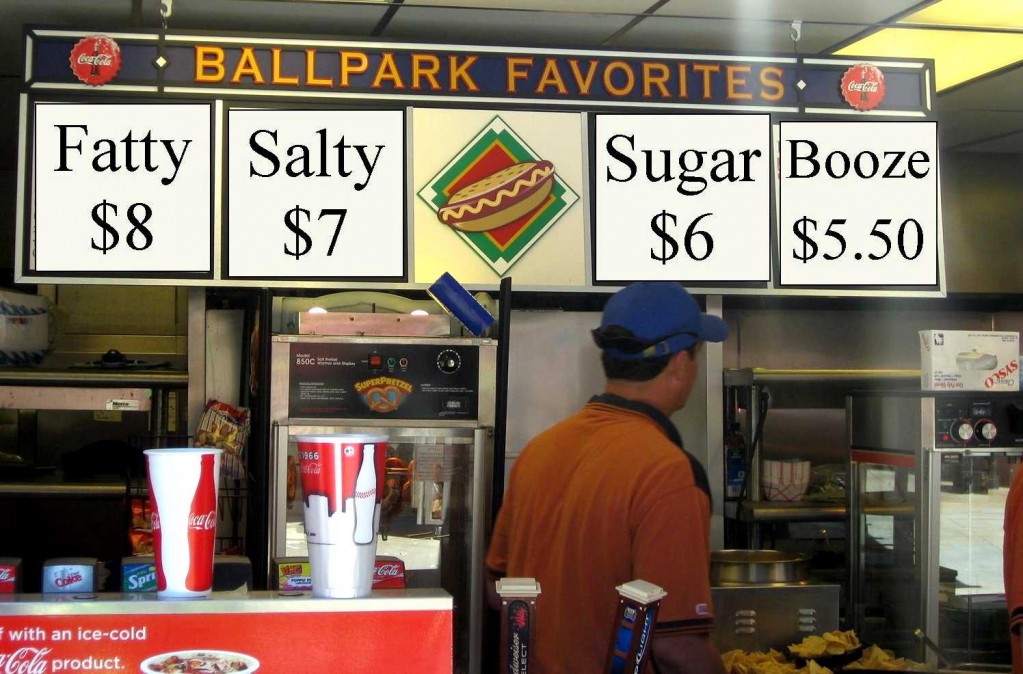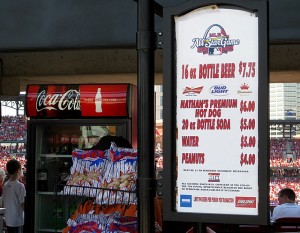Adult baby food
Dr. David Kessler has written a new book called "The End of Overeating: Taking Control of the Insatiable American Appetite." He was recently interviewed by Katharine Mieszkowski of Salon.com. You can also listen to their discussion here. I was intrigued by Kessler's notion that much of the food to which people become addicted is "adult baby food":
We're eating, in essence, adult baby food. Twenty years ago the average chews per bite was about 20, now it's two or three. The food goes down in a whoosh and it's very stimulating. It's layered and loaded with fat, sugar and salt. It's as if you have a roller coaster going on in your mouth. You get stimulated, it disappears instantly and you reach for more.
But it's not just the fat or the sugar. We dress up food really well here in the United States:We make food into entertainment. We make it into a food carnival. Go into a modern American restaurant: the colors, the TVs, the monitors, the music. You do it with your friends. We've taken sugar and added all these multiple levels of stimuli. What do we end up with? Probably one of the great public health crises of our day.
Go visit Salon for the entire article. Lots of worthy observations. For instance, he discusses why people get fat (it's not because fat people enjoy eating more than skinny people). Also, there is no body "set point" to protect you from gaining weight. Kessler offers lots of ideas for not allowing your brain to get hijacked by high calorie food. On a related note, I've had to constantly monitor my own eating and exercise to keep myself where I need to be (I'm now 5' 11" and 170), and I use a variety of techniques I described here, especially the need to avoid refined carbohydrates and to constantly aim for whole grains and lots of vegetables and whole fruits (not juice).

